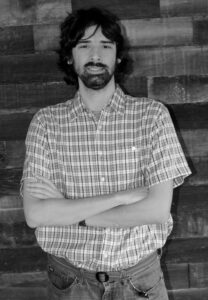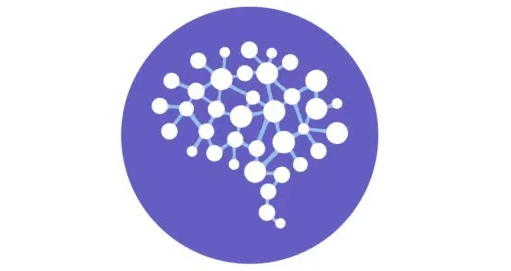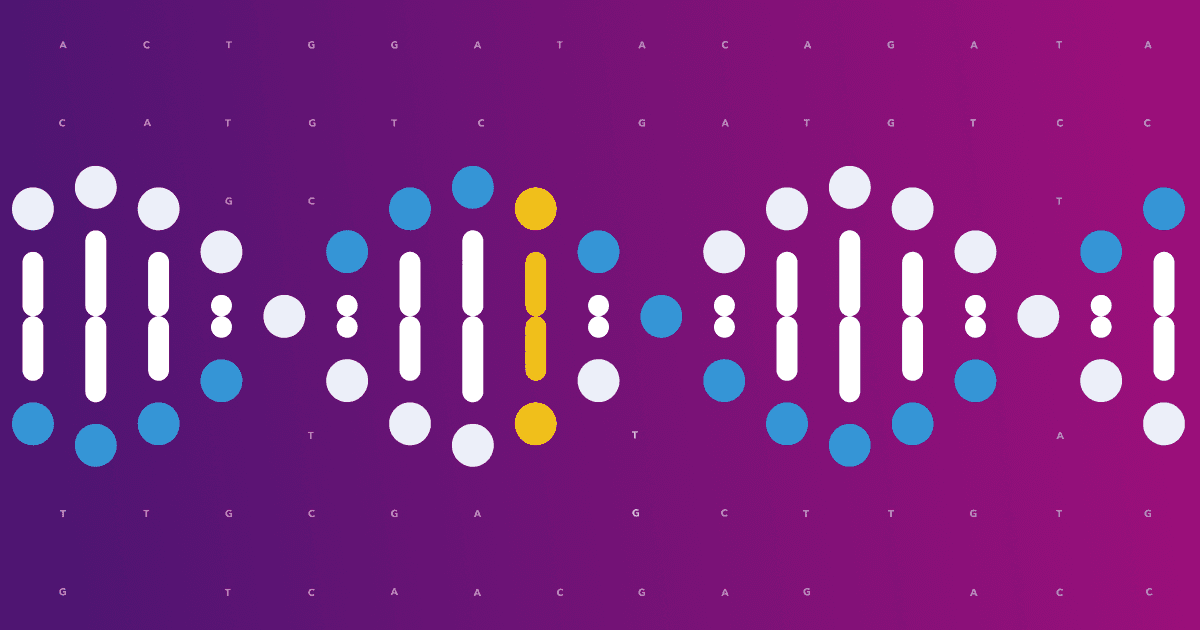This interview is part of an occasional series of profiles introducing you to some of the scientists at 23andMe. Ivan Juric  studied molecular biology at the University of Zagreb, Croatia, and went on to get his PhD in ecology and evolution at the University of Tennessee.
studied molecular biology at the University of Zagreb, Croatia, and went on to get his PhD in ecology and evolution at the University of Tennessee.
He did his postdoctoral work in the Graham Coop lab at the University of California, Davis, where he analyzed population genetics, specifically Neanderthal introgression in humans. Here at 23andMe, Ivan works on our research team and is continuing his work on Neanderthal and other ancient human populations.
Tell us about your education:
I grew up and went to elementary and high school in Zagreb, Croatia. Zagreb is the country’s capitol and the biggest city. Croatian schools differ from US schools somewhat. For example, we had morning and afternoon shifts. This means that starting at the age of 6 and until I started college, one week my school would start at 8 a.m. and last until 1 p.m., and the next week it would start at 1 and finish at 7 p.m.
Only recently did I realize that schools in the US start at the same time each week. So weird!
I attended a high school known for its strong math, computer, and natural sciences programs. I was not really interested in solving equations or coding, but that is what my friends did, so I did it, too. I loved biology, though. My biology teacher had his office converted into a fruit fly genetic lab where he kept 10 different drosophila mutant lines. This is how I got introduced to genetics – by doing drosophila crosses. So, at least in part, I’ll blame him for choosing to study molecular biology at the University of Zagreb.
Unsurprisingly, the undergraduate program in Croatia is a bit different compared to the US. Our classes are more specialized. For example, during my study, I took over 40 biology-related classes, some covering obscure details that not many care about. But we had no history, social science, language, or art-related class. One of those 40 biology classes was population genetics, which was a mix of math, biology, and computer science, and obviously, I liked it. During my junior year I spent a summer at the University of Tennessee, USA in the lab of Sergey Gavrilets. Sergey is known for his theoretical work on speciation, and I enjoyed my stay at UTK, so after I finished my undergrad, I went to study with him.
Some years later, I got my PhD in ecology and evolutionary biology from UTK and went to do a postdoc at Davis, CA, in Graham Coop’s lab. There I stayed one year and studied selection against Neanderthal ancestry in modern-day humans. Then, I joined 23andMe.
Education:
PhD: Ecology and Evolution, University of Tennessee
Post Doc: Graham Coop’s Lab, University of California, Davis
Fun Fact: “I had to look up what 23andMe’s name meant.”
What’s your job title and role here at 23andMe?
My title is “Computational Biologist, Population Geneticist,” but I had to search the company directory to find out. It’s not that we hide our titles here, but I don’t really use my title often (like ever, except in formal documents), so I forgot what it is. I think that this says a lot about the company and why I like working here. I am part of the ancestry team in our research department.
At 23andMe, I just do what I’ve always been doing: find a problem I can solve and then solve it. It just happens that problems I find interesting are those others at 23andMe think are worth solving. For example, during my job talk, I proposed a new method for finding relatives using DNA data, and now I am working on it. This method might have been something I would be working on if I had stayed in Graham’s lab. So, to sum up, I get to do things that I find interesting and make me happy, I get paid for that and what I make is helpful for people who pay me. Can’t beat that.
What were you researching before you came to 23andMe?
While I was in Tennessee, I studied how population history and structure affect how some populations and how those populations diverge into distinct species. My work was theoretical – learning about speciation by solving equations and running simulations. One can learn a lot about general patterns during the speciation process this way. In Graham Coop’s lab at UC Davis, I studied the details of human and Neanderthal intermixing. We developed a model that enabled us to estimate the average strength of selection against Neanderthal ancestry in modern-day humans. Then, we used the publicly available data to estimate how much Neanderthal DNA was selected against.
It turns out that the offspring of pairings between humans and Neanderthals were, on average, unsuccessful at passing on their genes to future generations. Even so, enough of them survived, and people of European and Asian ancestry still have some Neanderthal DNA. It would be interesting to understand better why some early human Neanderthal hybrids managed to pass on their genes. It Might be because, among many deleterious Neanderthal alleles, those lucky hybrids had few beneficial alleles. However, it might also be because those hybrids appeared in very small populations where selection is weaker. We don’t know yet.
What are you working on now at 23andMe?
I am developing new methods for improving our DNA relative’s tool and Ancestry Composition report that will offer finer and more detailed results. More generally, I’m working on different projects dealing with “IBD”, which stands for “identity by descent”. DNA segments that are IBD between two individuals are important because they contain information about their genealogical relationship. For example, close relatives will share longer IBD segments than distant relatives. By looking at the patterns of IBD sharing between different individuals, we can learn a lot about how related they are.
Why are you excited about genetics?
Many problems in genetics can be represented using mathematics.
Often, these genetic problems are mathematically equivalent to flipping coins, shuffling a deck of cards, finding the fewest number of airplanes to visit many different cities, or describing seating arrangements in a Chinese restaurant. I find that fascinating! This means that when I feel like it, I don’t really need to study genetics to do genetics. It’s enough to find a more exciting process that follows the same rules as my genetic problem and study that other process instead.
That way of thinking always makes my work interesting. Instead of solving really annoying problems, I’m just trying to count how many people are eating around me in my imaginary restaurant (which serves only the best food and is decorated in the best possible way). The next day, I might be planning flights to Hawaii while trying to solve another annoying genetic problem. Genetics never gets boring.
Tell us about one of your interesting findings at 23andMe, or in your previous scientific life.
We were able to use our model to show that early offspring of intermixing between Neanderthals and humans were likely to have been unfit for survival – very few flourished. That was a really neat result. But for me personally the best moment in that project was when I realized that some equations I came up with were mathematically equivalent to equations published in a book chapter 30 years ago by a scientist studying gene flow, which is a genetic term for how genes pass from one group to other. His work looked at how gene flow might impede speciation or the process by which populations evolve to become distinct species. Some people might freak out when they find their equations already published, but I was very excited because I could link my work to the previous one.
Tell us about a recent breakthrough in genetics research that you think will have a big impact on the industry.
I’ll go with the safe ones. Lowering sequencing cost and CRISPR. Soon, sequencing will be cheap enough, and it will make sense to sequence whole genomes rather than genotype a subset of SNPs. This means that we’ll have more data to work with. Hopefully, we’ll find something new! Cheap sequencing will also change the industry since we’ll need to find an efficient way to store and quickly analyze this data. Genetic editing, in the form of the new technology based on CRISPR-Cas9, allows us to change genes cheaply. This is important if you want to understand how those genes work. A great way to figure out how genes work is to break them and see what happens. With CRISPR, it’s much easier to break specific genes.
One interesting fact people don’t usually guess about me is:
I always tell great jokes. If you disagree, you have no sense of humor.
Did you learn anything interesting from your 23andMe results? Did you make any changes as a result of taking the test?
My wife reserved “my” 23andMe kit for herself. That’s what I learned.
What’s one thing the average consumer should know about genetics?
I find that many are confused with the concept of stochasticity, which is a very important concept in genetics. Scientists are partly to blame for this confusion because we often say an outcome occurred “by chance.” The argument is then that an outcome can’t happen “by chance” but instead that it happened “for a reason.” The opposite of “stochastic” is not “for a reason” but “deterministic.” Tossing a coin is an example of a stochastic process. I know why and how a coin landed on heads, but it might be tails the next time I throw the same coin.
A deterministic process is one in which there is no randomness, such as tossing a rigged coin that always lands on head side. So next time you hear a geneticist saying that something happened “by chance” just think of tossing a coin.




